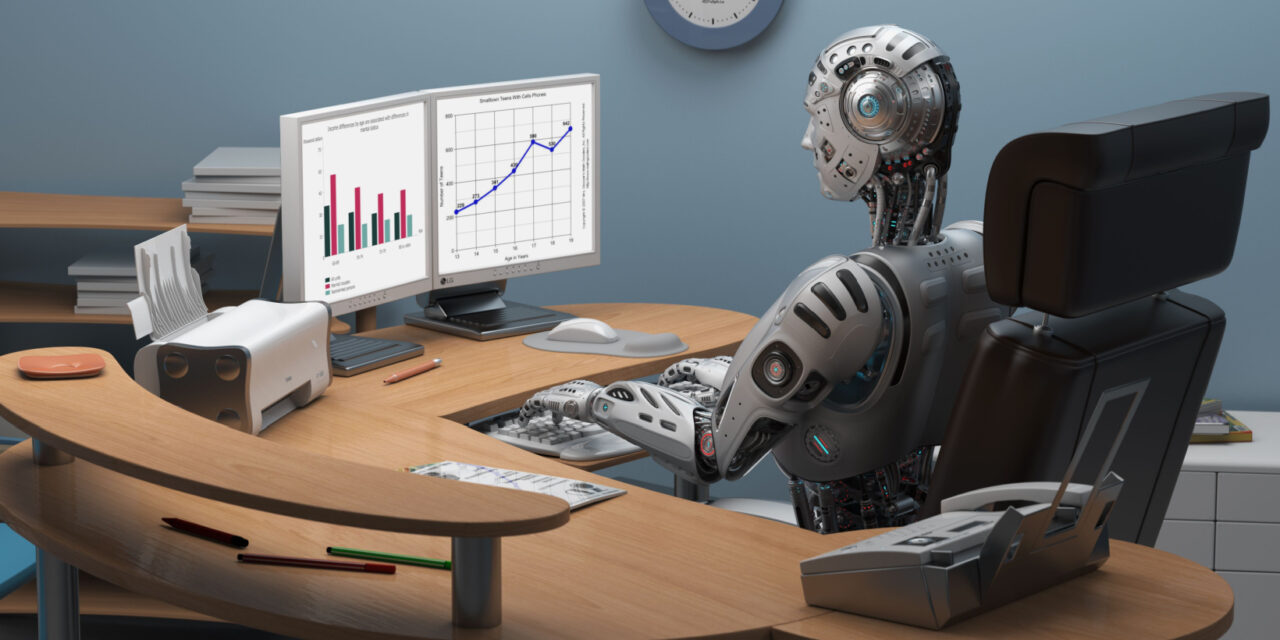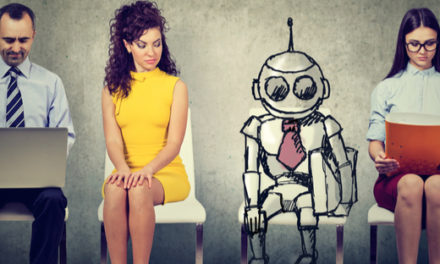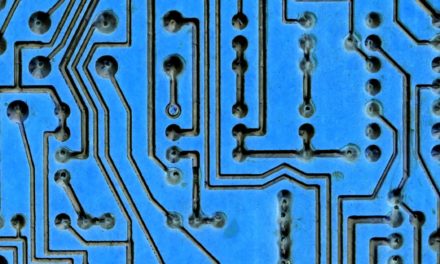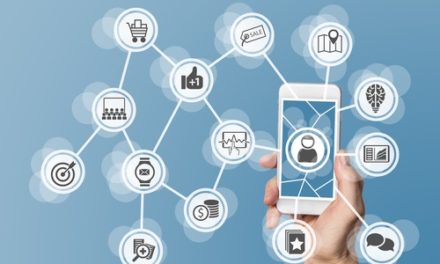
AI’s Impact on Professional Occupations
The Industrial Revolution upended manual labor, replacing many jobs that were done with human muscle with machines that could do the job quicker and cheaper. The unfolding Artificial Intelligence (AI) Revolution is largely coming after the jobs of the more educated professional class as business uses for AI increases.
To view the full article please register below:
AI’s Impact on Professional Occupations
The Industrial Revolution upended manual labor, replacing many jobs that were done with human muscle with machines that could do the job quicker and cheaper. The unfolding Artificial Intelligence (AI) Revolution is largely coming after the jobs of the more educated professional class as business uses for AI increases.
According to Pew Research, 19% of Americans have jobs that are the most exposed to AI, though the threat is not evenly distributed. Only about 12% of workers with a high school degree may be exposed to the AI threat, while more than double the number (27%) of college-educated professionals may see their jobs impacted by AI.1
This is not a revolution decades away. In fact, McKinsey expects to see 12 million occupational shifts driven by the broadening employer implementation of AI by 2030, adding to the 8.6 million that have already taken place in the wake of COVID.2
McKinsey estimates that 30% of hours worked today could be automated by the beginning of the next decade, with the fastest adoption in occupations filled by STEM professionals, education and workforce training, creative roles and art management (AI is a major issue behind the writers’ and actors’ strikes in Hollywood), and business and legal professionals.
Not all of this is necessarily bad news for college-educated professionals. It just means that workers will need to be flexible about job and career changes, as well as comfortable with the changing nature of what today’s jobs may ask of them in the future. Some of it may actually result in higher job satisfaction as mundane tasks are done by AI. This will allow many professionals, for instance, to become more focused on clients or allow workers to deeply explore the more interesting and creative aspects of their professions.
While most occupations will see some growth over the next seven years, the professions anticipated by McKinsey to experience the fastest growth will be health professionals, health aides, technicians and STEM professionals.
Net job losses are likely in a few occupations, primarily customer service and sales and office support.
In the end, similar to what machines did during the Industrial Revolution, AI will raise labor productivity—a fundamental prerequisite for wealth creation and growing job opportunities. And, like the Industrial Revolution, occupations will disappear as new ones appear, demanding that today’s workforce remain open to ongoing education and skill-building opportunities, and potentially multiple career transitions.
Sources:
- https://www.pewresearch.org/social-trends/2023/07/26/which-u-s-workers-are-more-exposed-to-ai-on-their-jobs/
- https://www.mckinsey.com/mgi/our-research/generative-ai-and-the-future-of-work-in-america
Please reference disclosures at: https://blog.americanportfolios.com/disclosures/












